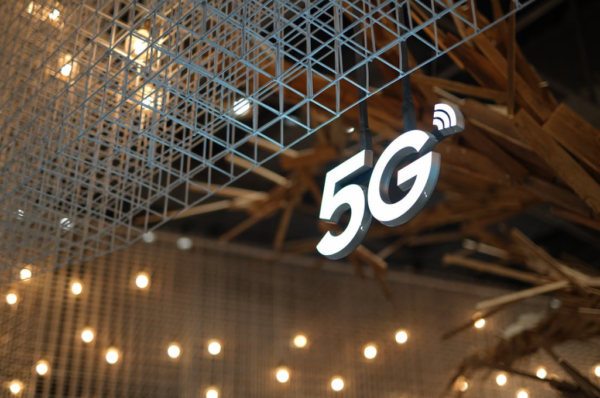The U.S. continues to trail leading countries in available licensed mid-band spectrum, a trend expected to continue for the foreseeable future, according to an updated study from Analysys Mason. Today, the U.S. lags the top three nations – Japan, the United Kingdom and France – by 530 MHz on average.
The study was commissioned by CTIA, which represents the wireless carriers and equipment manufacturers, to compare the total spectrum available for wireless in different markets.
Why it’s Important
The availability of spectrum is known to spur the deployment of wireless infrastructure and increase the number of applications using the frequencies. The U.S. must expand its 5G spectrum pipeline in order to keep pace with other countries that are moving rapidly to make licensed mid-band spectrum available for 5G networks, according to Analysys Mason.
“The FCC made great progress with recent mid-band spectrum auctions, but this study shows there is more work to be done. We need Congress, the Commission and the Administration to develop a meaningful pipeline plan to build upon our recent success,” said Meredith Attwell Baker, CTIA President and CEO.
Trending Down in the Future
In five years, the U.S. will trail top nations by 413 MHz on average. China is expected to lead with 1,660 MHz, followed by Japan with 1,100 MHz, the U.K. with 790 MHz, and South Korea with 700 MHz.
“The U.S. also risks losing its lead in licensed low- and high-band spectrum in the next five years,” the study said. “Three countries are expected to overtake the U.S. in licensed low-band, by an average margin of 70 MHz, and five will have an average of 1930 MHz more licensed high-band spectrum.”
By contrast, the U.S. has far more unlicensed mid-band spectrum than any other country, according to the study. Only two countries plan to make more unlicensed spectrum available in the next five years and both will continue to trail the U.S. The U.S. is the only country to date to make unlicensed spectrum available between 3.3 GHz and 4.2 GHz, via the CBRS band.
To conduct the study, Analysys Mason analyzed the amount of spectrum currently available, as well as the amount being considered for future assignment, in 15 key countries, including the U.S.
By J. Sharpe Smith, Inside Towers Technology Editor





Reader Interactions